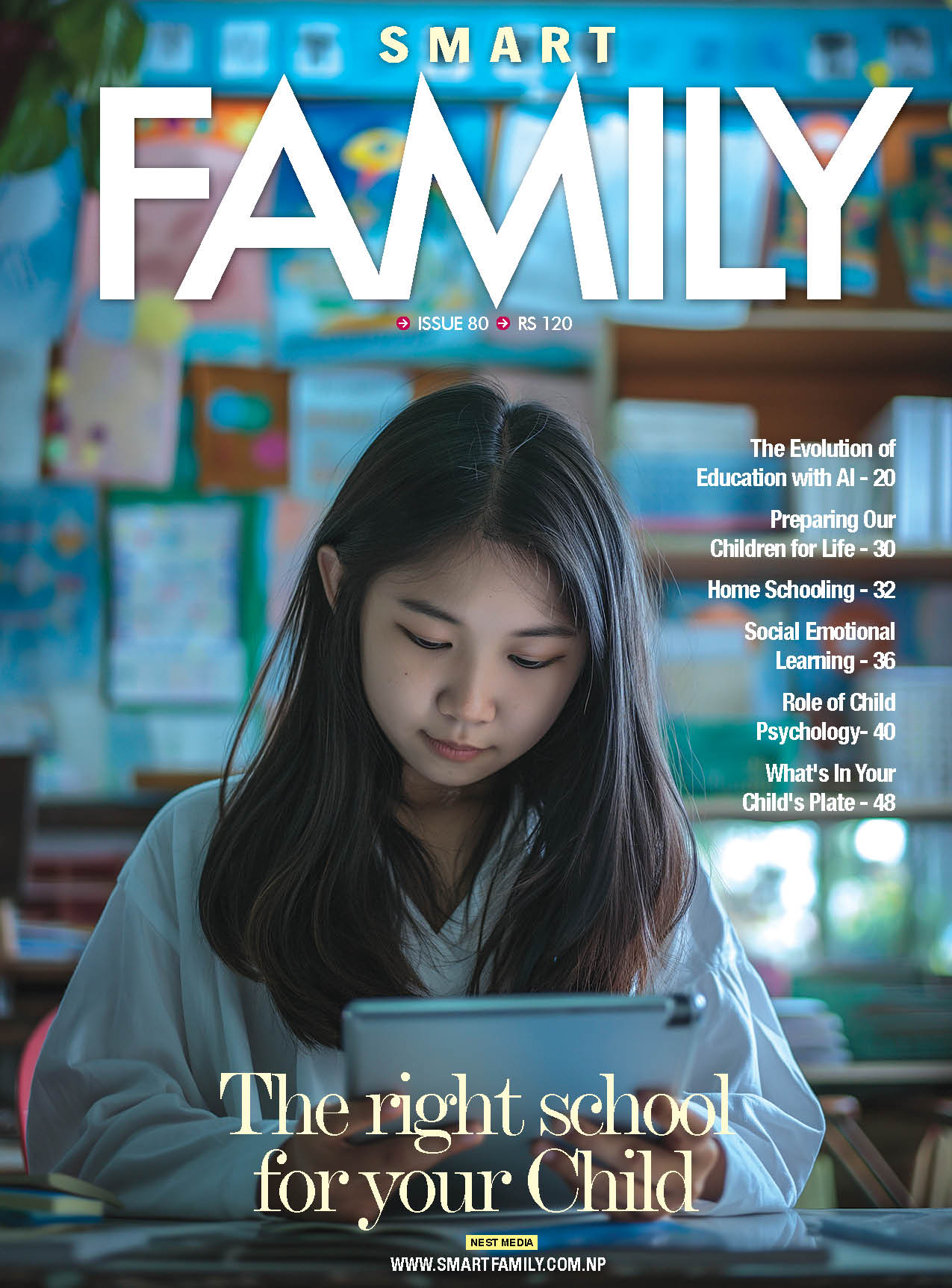Kids' Room Color: How Colors Affect Our Kids Behavior
Color has the ability to inspire, excite, soothe, heal and even agitate. This is particularly true for children, who can be extra sensitive to its impact. As such, the importance of picking out just the right color for a young child's room shouldn't be un
While scientists have learned a lot about the way color influences our minds and bodies, keep in mind that every child is different, and generalizations don't apply to all. But if you're curious about how to bring color into your child's room. The following general guidelines will help you.
1. Red. Red has the ability to energize the body and excite the mind, and increase the heart and breathing rates. However, some research suggests that too much exposure to red encourages aggressive behavior and an inability to focus. The bottom line: red is great as an accent, but might not be the best room color for an already restless child.
2. Orange. Largely underused, orange is perhaps one of the most misunderstood colors in the paint deck. This warm, friendly and youthful color is actually great for children since it's said to encourage confidence, extroversion, and independence. The social nature of this color also puts children and their friends at ease, inspiring communication and cooperation.
3. Yellow. Most of us associate yellow with feelings of happiness and cheerfulness. Studies also pair this bright and cheery color with motivation. Softer yellows can aid concentration, while brighter ones can increase memory. Beware of using too much bright yellow, though. In large doses it may create feelings of agitation, and even anger.
4. Green. This calming, natural color has a soothing impact on a child. Scientists have also found that green may improve a child's reading speed and comprehension. There's no need to keep this anxiety-reducing color to a minimum.
5. Blue. Having the opposite effect of red, blue decreases feelings of anxiety and aggression and lowers blood pressure and heart rates. Children who experience tantrums or other behavioral problems may appreciate the soothing effects of a blue room.
6. Purple. Often associated with royalty, purple is ambitious and self-assured. It's also the color of passion, creativity, wisdom and spirituality. This deep and emotive color is great for inspiring sensitivity and compassion in children. But if your child is particularly sensitive, you may want to keep this color limited to accents.
7. Pink. Although it's usually associated with typical girly spaces, pink has a calming feel that can translate to both sexes. Any child can grow out of too much pink quickly, though, so try pairing pink artwork, accessories and textiles with a neutral background.
8. Warm colors. Warm colors inspire happiness, coziness and comfort in most people. They can also make large, open spaces feel more intimate for young ones. Of course, this doesn't mean you're limited to brown and tan — use these easy colors as a platform for brighter and more daring shades.
9. Cool colors. Some of us associate cool colors with sterile, hospital-like environments, but lighter cool colors can have a calming effect on children. Plus, many of these colors help small spaces seem a little bit more open. Try layering in shades of cream for some softness and contrast, and consider comfortable and cuddly textiles for warmth.


